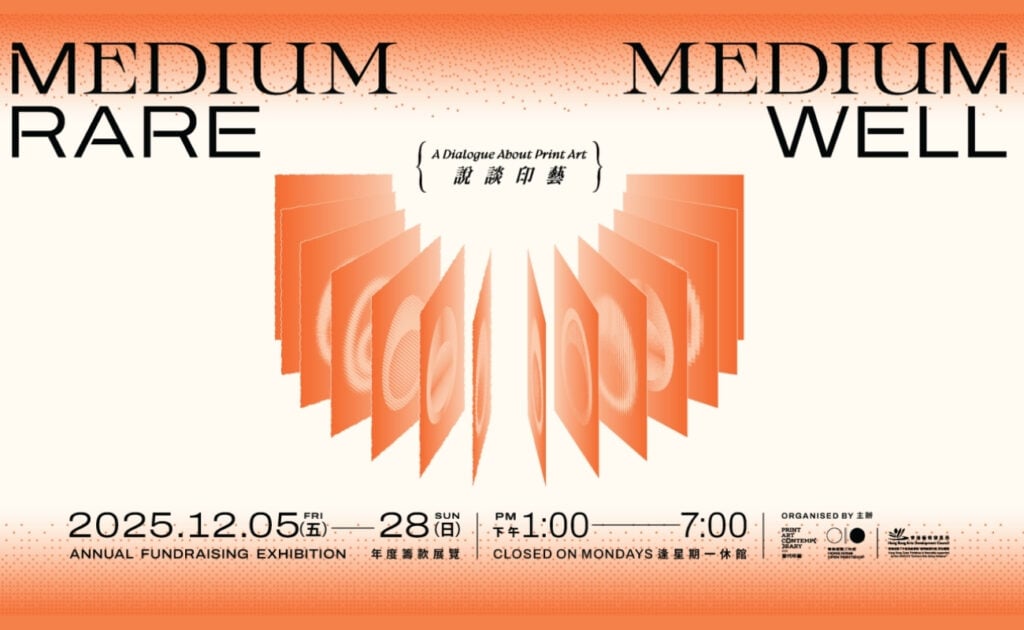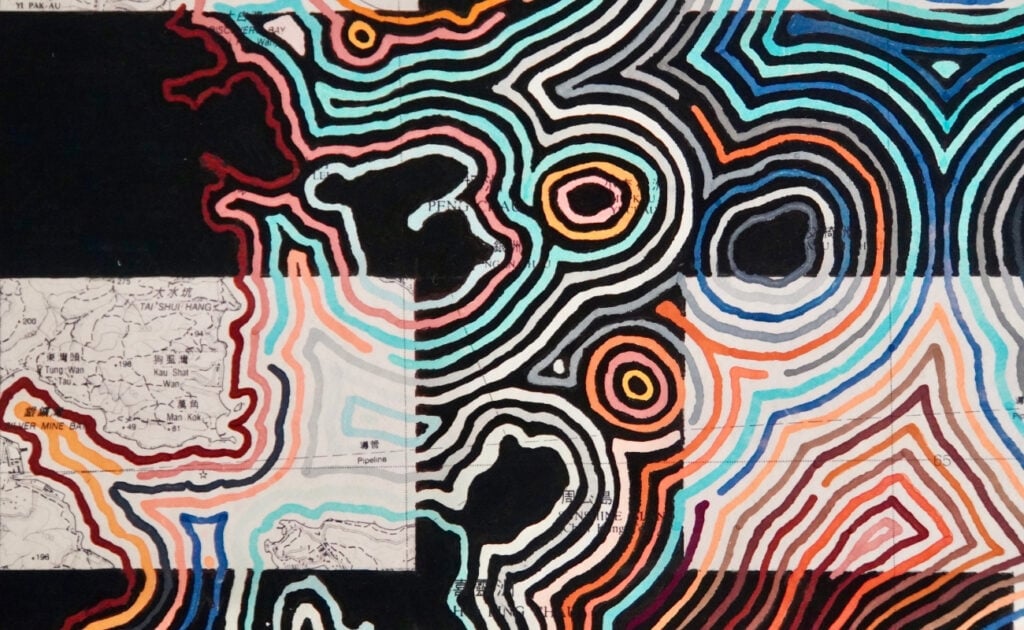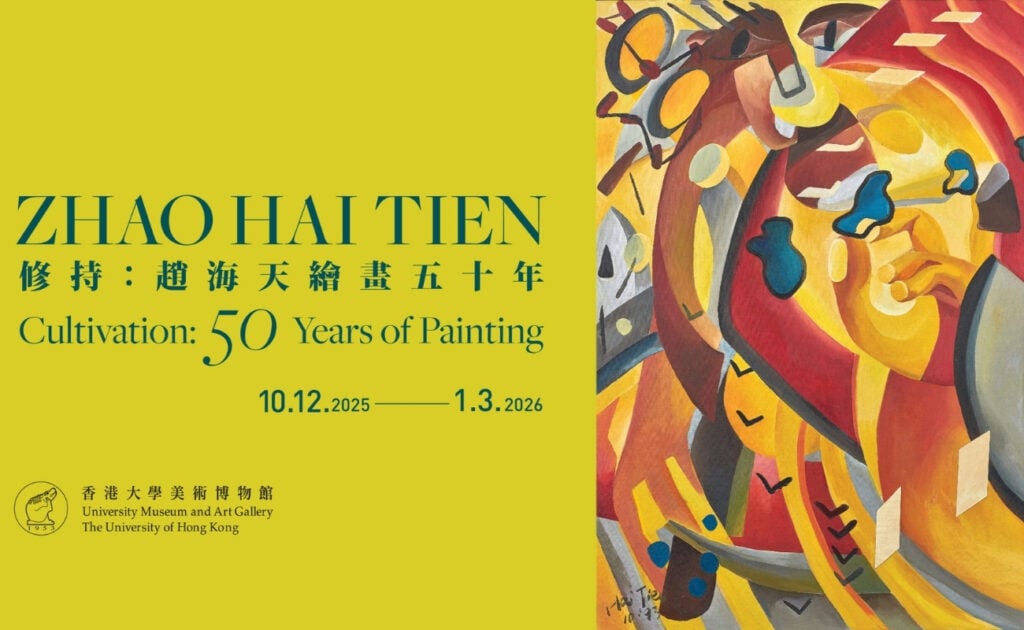
- This event has passed.
EVENT DESCRIPTION
Alisan Atelier is pleased to present The Remains of Our Days, bringing together artists Amy Tang, Jeremy Ip, and Rivian Cheung. This exhibition marks our first collaboration with curator Joyce Hei-ting Wong, and it’s also the first time we are showcasing these three talented artists at the gallery. The artists share a unique interest in the overlooked aspects of our daily lives, drawing inspiration from everything from floor stains to peeling walls and wild weeds. They explore the messages embedded in what we often discard or forget. Through their creative use of gesture, colour, and materials, they craft contemporary visual stories that touch on themes of consumption, waste, resistance, decay, and regeneration.
Marking Sites and Histories
Amy Tang Wing-yin (b. 1990), based in Kwu Tung – an area in the northern New Territories of Hong Kong bordering Shenzhen, has been painting from a repurposed tin shed that once served as her father’s woodworks factory. This environment fuels her creativity, inspiring her to capture the tension between the natural world and human development. Though her paintings are abstract, they convey a distinct visual language filled with frantic brushstrokes and unsteady forms, inviting viewers to consider our place in an ever-changing urban landscape.
Recording Multiple Subjectivities
For Jeremy Ip (b. 1989), painting is a way to experience the world from different perspectives. He treats everyday scenarios as configurations of lines and colours, embracing abstraction for its limitless possibilities. Although the titles of Ip’s paintings come in very specific narrative prompts, such as They aren’t waiting (2025), the imagery is always ambiguous. This ambiguity is created through a highly controlled and time-consuming process that gradually shapes an image through countless layers of colour. There are always unexpected effects and consequences in this process that Ip must embrace, and a work is only complete when the scheme of variation and decisions on the canvas reaches a certain balance or saturation. The artist’s results are often viscous forms, dense veneers, and variegated patinas that exude a quiet but palpable presence. His works, in their ambiguity, invite us to notice the small details of life that often go unnoticed.
Tracing Time in Matter
Rivian Cheung Wing-yan (b.1993), trained in sculpture, explores diverse natural materials and the inherent languages contained within. In her exploration, Cheung also learns related traditional crafts, such as paper making, bamboo weaving and woodwork. Many of her works are experiments in technique and materiality, such as Trial Piece C60St90>C100St50 (2025), which is titled using a self-invented coding system based on colour, texture, structure, time, and other variables that affect the work’s final appearance. For this exhibition, Cheung’s bold new sculptures including those made from discarded furniture, plant fibres and papier-mâché, reflect on themes of time, loss, and memory.
Together, these artists engage in practices that reflect the marks we leave on the world. Inspired by Kazuo Ishiguro’s novel The Remains of the Day, this exhibition encourages us to reflect on what we leave behind and what will stay with us as we move forward.




